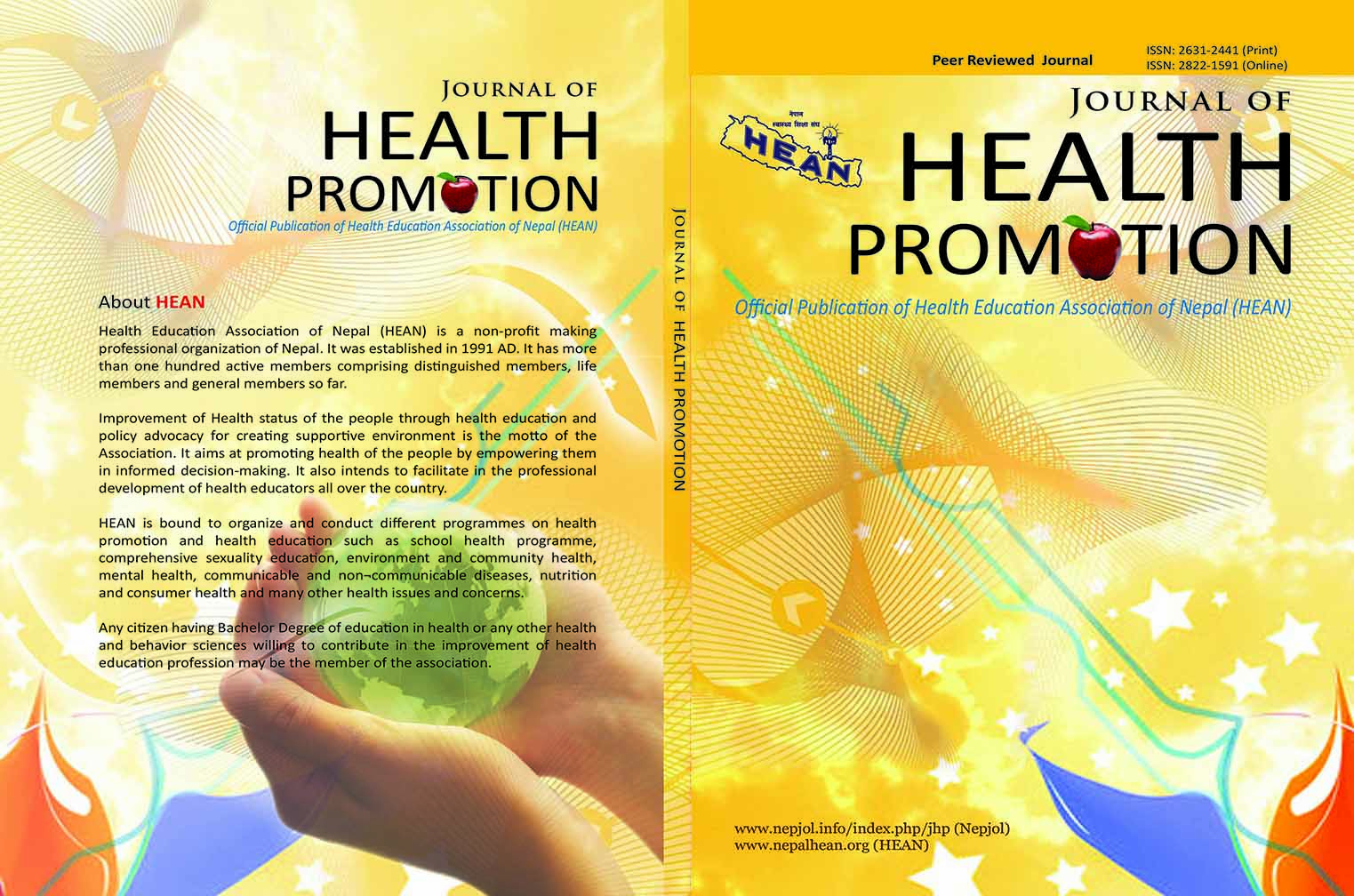Perpetrators and Common Places of Sexual Harassment Against Adolescent School Girls in Nepal
DOI:
https://doi.org/10.3126/jhp.v8i0.32966Keywords:
Sexual harassment, perpetrators, adolescent, schoolgirl, sexual offendersAbstract
The main aim of this study was to find out the vulnerable places of sexual harassment to the girl students and the persons involved in such unwanted behaviors. It was a mixed-methods study. Altogether 773 girl respondents were selected for obtaining quantitative data from Lalitpur and Rupendehi districts in Nepal. Similarly, 10 focus group discussions, 14 Key informant interviews, and eight In-depth interviews were conducted for collecting qualitative data. The result showed that male peers/ friends, teachers, neighbors/ relatives, and strangers were involved in sexual harassment. Frequency of verbal/gestural type of sexual harassment is higher from male peers and touching/pinching and sexual abuse/assault types of sexual harassment are more common from teachers and relatives. Sexual harassment frequently happens in public transport. In society, teachers deserve great respect and trust from parents and students. They have close access to girl students. However, such trust and closeness transformed into sexual harassment whereby accelerating sexual harassment. The higher incidence of sexual harassment at public transports might be due to the proximity and anonymity, which, in turn, results in high levels of sexual harassment and abuse with very little risk of social or legal consequences. The awareness program against sexual harassment and strong laws and order are essential and the judiciary process should be simple and victim-friendly that can reduce sexual harassment to girl students by various perpetrators at different domains in society.
Downloads
Downloads
Published
How to Cite
Issue
Section
License
© Health Education Association of Nepal (HEAN)
Authors are required to transfer their copyright to the Health Education Association of Nepal (HEAN).
The materials of this publication may be reproduced, reviewed and translated, acknowledging the source "Journal of Health Promotion".




